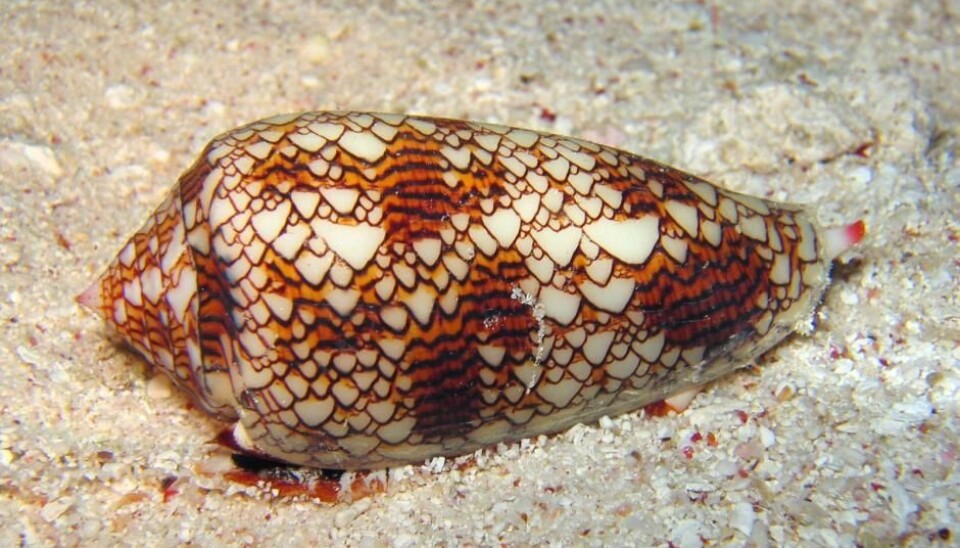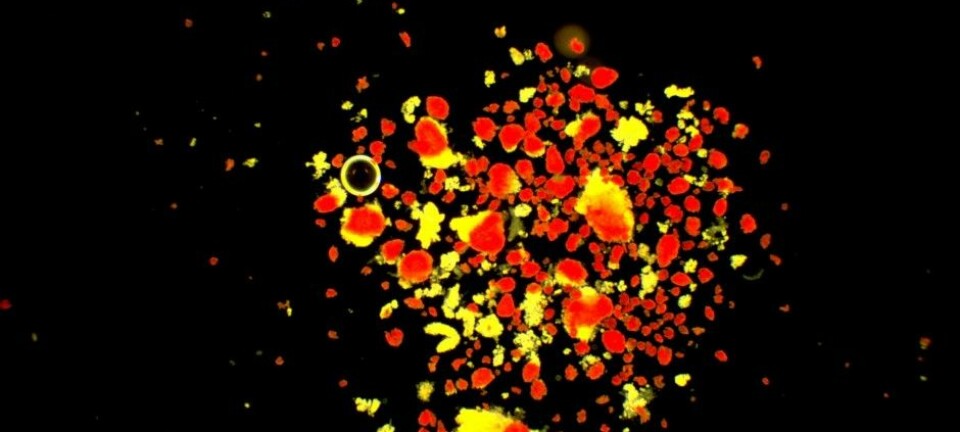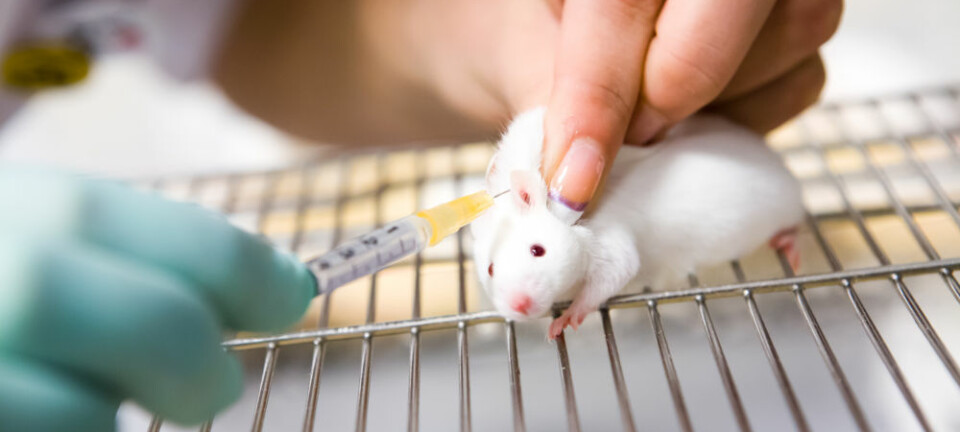
Sea snail poison holds key to new diabetes medicine
Sea snails use a quick-acting insulin to kill fish, which could be developed into an effective treatment for diabetes.
Scientists have discovered an ultra-fast acting insulin that could potentially be used to develop a new treatment for diabetes, and it comes from the beautiful--but poisonous--sea snail Conus geographus.
Postdoc Helena Safavi-Hemami, a molecularbiologist at the University of Copenhagen, Denmark, was the first to discover how the snail uses insulin to catch fast moving prey by putting them into a coma and preventing them from escaping.
“People have used insulin to commit murder before, in fact there’s a whole book written on insulin murders, but no one has seen it in nature before,” says Safavi-Hemami.
But this was only the beginning. Scientists have now studied the insulin poison more closely and discovered that the snails have achieved something that has alluded chemists for decades: ultra-fast-acting insulin.
“This can show us how to design a new class of ultra-fast-acting insulin that can help people with diabetes,” says Safavi-Hemami.
The study is published in the scientific journal Nature Structural and Molecular Biology.
Fast-acting insulin from sea snails
Safavi-Hemami and her colleagues discovered that the snail insulin contained just 43 amino-acids (biological building blocks), compared to 51 in the insulin that we produce.
Co-author Danny Chou suggested that this was related to the insulin’s fast-action properties.
Chou studies insulin and has produced different versions of it himself. During his studies, he noticed that poisonous insulin is not only shorter than other types of insulin, but it is also quite different in a region that normally encourages insulin molecules to stick together.
This helps pack insulin into the pancreas, but it also helps to slow its effect, as it needs to be completely ‘unpacked’ before the insulin receptors are activated.
In effect, the snails have ‘short circuited’ the system so that the insulin is ready to be released at any moment.
Read More: 15 weeks of high-intensity swimming can help prevent diabetes
Snail insulin surpasses man-made version
Chemists have long tried to achieve the same effect in human insulin by removing the “sticky” part. But every attempt so far has failed, and any fiddling with three of the key amino acids renders the insulin unable to activate the receptors.
To figure out how the snail-insulin worked, the scientists used a technique known as X-ray crystallography to map the spatial structure of the proteins. To their surprise, they discovered that even though the snail’s amino acids were dramatically different, it still had a spatial structure that was almost identical to that in humans.
“It’s exciting and even though we know a lot about insulin, it shows that there’s still lots of challenges with respect to understanding insulin and its function,” says Professor Knud Jørgen Jensen, a chemist from the University of Copenhagen, who was not involved in the new study.
Safavi-Hemami hopes that the principles from the snail insulin can lead the way to a new type of insulin that can be taken alongside regular meals.
“The current insulin-analogues are 20 years old and these results will give us new ideas to tackle the problem,” she says.
---------------
Read the Danish version of this story on Videnskab.dk
Translated by: Catherine Jex









